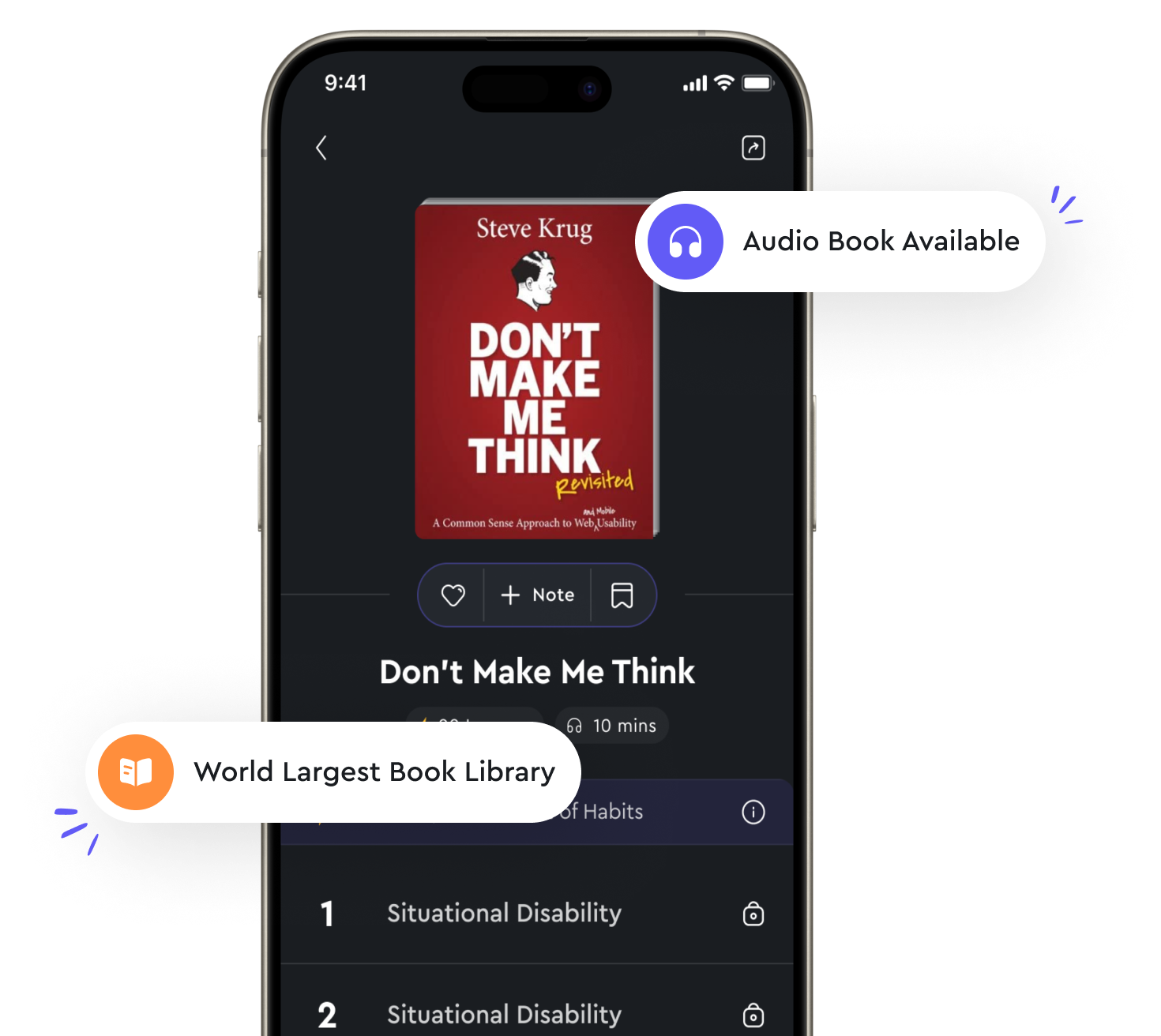Immerse yourself in the Spanish language from "summary" of Streetwise Spanish (Book Only) by Mary McVey Gill,Brenda Wegmann
To truly become proficient in Spanish, it is essential to surround yourself with the language as much as possible. This means immersing yourself in all aspects of the language, from listening to native speakers, to reading books and articles in Spanish, to practicing conversation with others. By exposing yourself to Spanish in various forms, you will not only improve your vocabulary and grammar, but also develop a deeper understanding of the culture and customs associated with the language. One of the most effective ways to immerse yourself in Spanish is to watch Spanish-language television shows and movies. This allows you to hear the language spoken naturally, with all its nuances and slang terms. Additionally, listening to Spanish music and podcasts can help you become more familiar with the rhythm and cadence of the language. By incorporating these forms of media into your daily routine, you will begin to internalize the language and feel more comfortable using it in conversation. Reading in Spanish is another crucial aspect of immersion. Whether it's novels, newspapers, or websites, reading in Spanish exposes you to different styles of writing and helps expand your vocabulary. It also provides insight into the cultural references and idiomatic expressions that are unique to the Spanish language. By challenging yourself to read in Spanish regularly, you will not only improve your reading comprehension but also gain a deeper appreciation for the richness of the language. Engaging in conversations with native Spanish speakers is perhaps the most effective way to immerse yourself in the language. By practicing speaking and listening in real-life situations, you will quickly improve your fluency and confidence. Whether it's through language exchange meetups, online chat forums, or conversations with Spanish-speaking friends, making an effort to communicate in Spanish on a regular basis is key to becoming proficient in the language. In these interactions, don't be afraid to make mistakes – they are a natural part of the learning process and can help you improve over time.- Immersing yourself in the Spanish language is essential for achieving fluency and cultural understanding. By incorporating various forms of media, such as television, music, and reading materials, and engaging in conversations with native speakers, you will not only improve your language skills but also gain a deeper appreciation for the Spanish-speaking world. So, dive into the language and embrace the journey of learning and mastering Spanish.


